As an avid traveler, I’ve spent countless hours researching and exploring the world. I am always seeking ways to enhance my travel experiences. I’ve learned that a sturdy luggage strap can be a backpack’s best friend.
When your bag is stuffed to the brim, and the zippers are straining, a luggage strap adds extra security and peace of mind.
It also makes it easier to grab your bag from the overhead bin or put it in the trunk without things falling out. If your backpack didn’t come with a luggage strap or you lost the one it came with, don’t worry- adding one is a cinch.
In this quick guide, I’ll show you an easy way to attach a luggage strap based on my experience lugging packs worldwide. All you need is a strap with adjustable buckles, a few essential tools, and a few minutes of your time.
Your backpack with a secure and reliable luggage strap will be ready for any adventure. Stay tuned for the step-by-step!
Why Add a Luggage Strap to Your Backpack?
One of the most straightforward solutions is adding a luggage strap. Here’s why I highly recommend it:
It keeps your pack secure.
Whether carrying your backpack in busy places or on rough paths, a luggage strap stops the zippers from opening and things from falling out. You can keep your gear secure by tightening the belt on the main compartment.
It provides extra carrying options.
A luggage strap gives you an easy way to carry bulky items like a sleeping bag, tent, or sleeping pad. You can strap them right to the outside of your pack to free up interior space. You can use the strap to add more pockets or a smaller daypack to your backpack. It helps you stay organized and easily access your things.
It’s a versatile tool.
A luggage strap has so many uses beyond just securing your backpack. You can use it to hang damp clothes to dry, create an impromptu shelter, strap gear to the roof of your car, or make repairs in an emergency. Its adjustable length and durability make it handy in so many situations. I always embark on an adventure with one.
As a frequent traveler, the luggage strap has become an indispensable item on my packing list. You get an instrumental piece of gear for a few dollars to make your life on the road or trail much more accessible.
Choosing the Right Luggage Strap for Your Backpack
The first step in adding a luggage strap to your backpack is selecting the perfect fit. Luggage straps are available in different lengths and materials. They can be used for different backpack sizes and styles.
Here are a few key considerations when making your choice
1. Size and adjustability
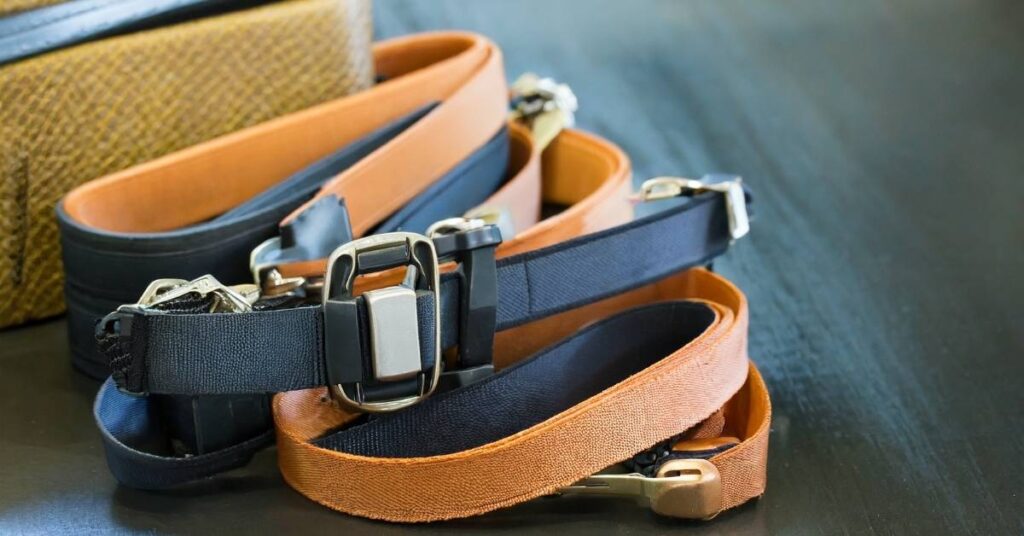
First, consider how much extra luggage you need to strap on and choose a strap that can handle the load. I prefer straps that are at least 2 inches wide and made of durable nylon webbing. They should also be adjustable to accommodate different-sized packs and gear. Straps extending up to 5 feet are ideal for oversized items like sleeping pads.
2. Attachment points
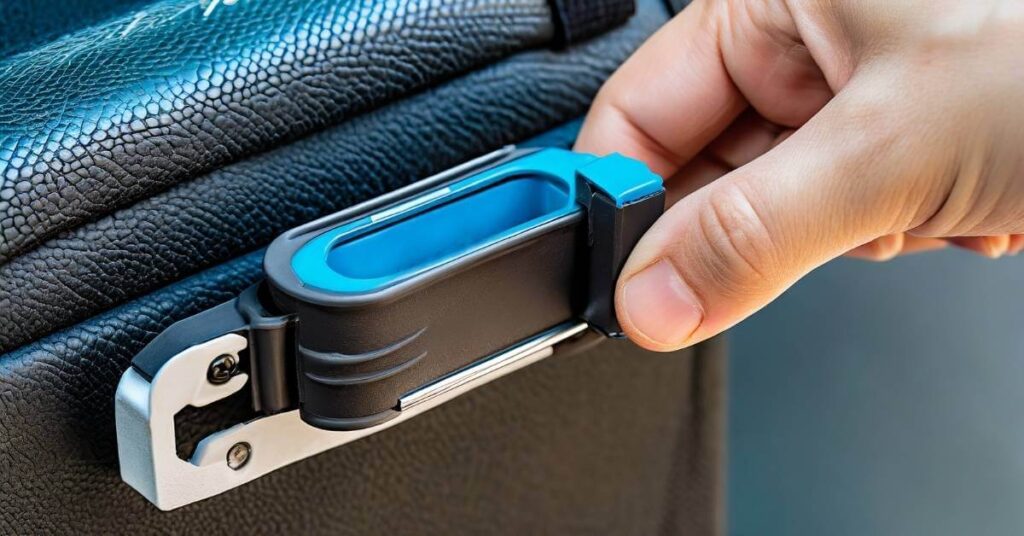
Look for a strap with many attachments to secure gear in different positions. Using buckles or clips, you can arrange the extra load on your backpack straps, loops, or daisy chains. I find straps with metal buckles or clasps the most durable. Plastic hardware can break more easily under heavy strain.
3. Added padding
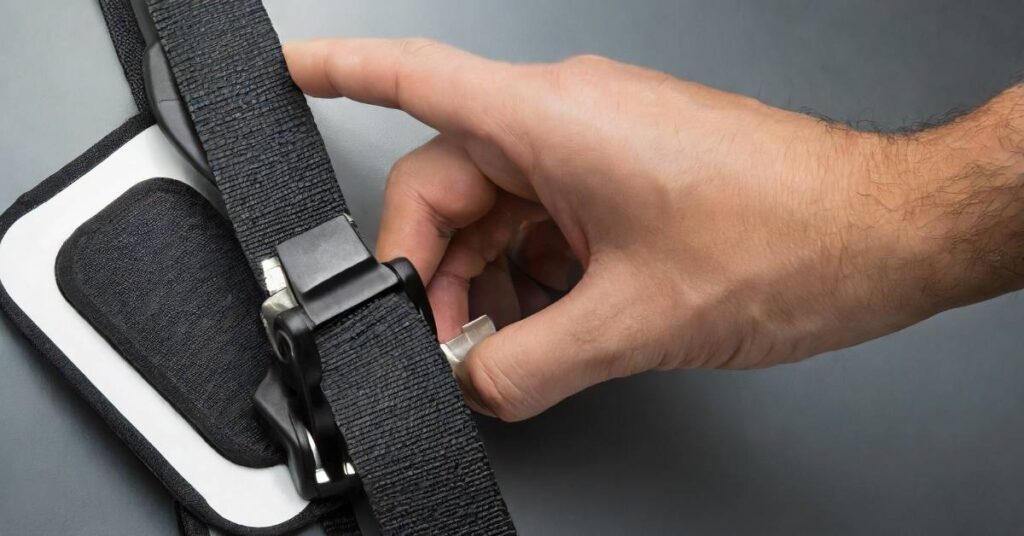
For strapping on gear with sharp edges like trekking poles, a strap with extra padding helps prevent damage to your backpack. Some straps have padded sleeves that you feed the belt through before attaching gear. Others have padding built right into the strap. Either option works well to protect from wear and tear.
Get a luggage strap to attach your sleeping pads, trekking poles, tripods, and other gear for backpacking. Take it from me: the right strap makes a difference in how much extra gear you can carry on the trail.
How to Measure Your Backpack for a Luggage Strap
One of my best investments is adding sturdy luggage straps to my backpack. Walking long distances or navigating crowded areas becomes much easier when transporting it.
- Accurately measuring your backpack is crucial for ensuring a snug and secure fit. To determine the ideal strap length, follow these steps:
- The first step is measuring your backpack to determine what size straps you need. You’ll want straps long enough to fasten your pack securely but not too long that the excess is dangling or could catch on anything.
- Lay your backpack flat on the ground and measure from the top of one shoulder strap, over the top of the pack, to the top of the other shoulder strap. It will give you the total width you need to cover.
- Next, measure the depth of your pack from the top of the back panel to the point where the shoulder straps attach at the bottom. The straps need at least this long to support the weight properly.
- Finally, consider if you want straps attached at the sides, top and bottom, or fully around the entire pack. Straps that encircle the whole pack will provide the most stability but may be overkill for some. I prefer straps that attach at the top, bottom, and sides.
Once you have the measurements, you can purchase luggage straps online or at most outdoor retailers. I like straps that are at least 2 inches wide, made of durable nylon, and sturdy buckles that clip securely in place. With the straps added to your pack, you’ll breeze through airports, train stations, and bus depots.
Step-by-Step Guide to Attaching a Luggage Strap
Attaching a luggage strap is one of the simplest ways to prevent items from falling out of or off my backpack. If you’ve selected the perfect luggage strap. Follow these simple steps to attach it to your backpack:
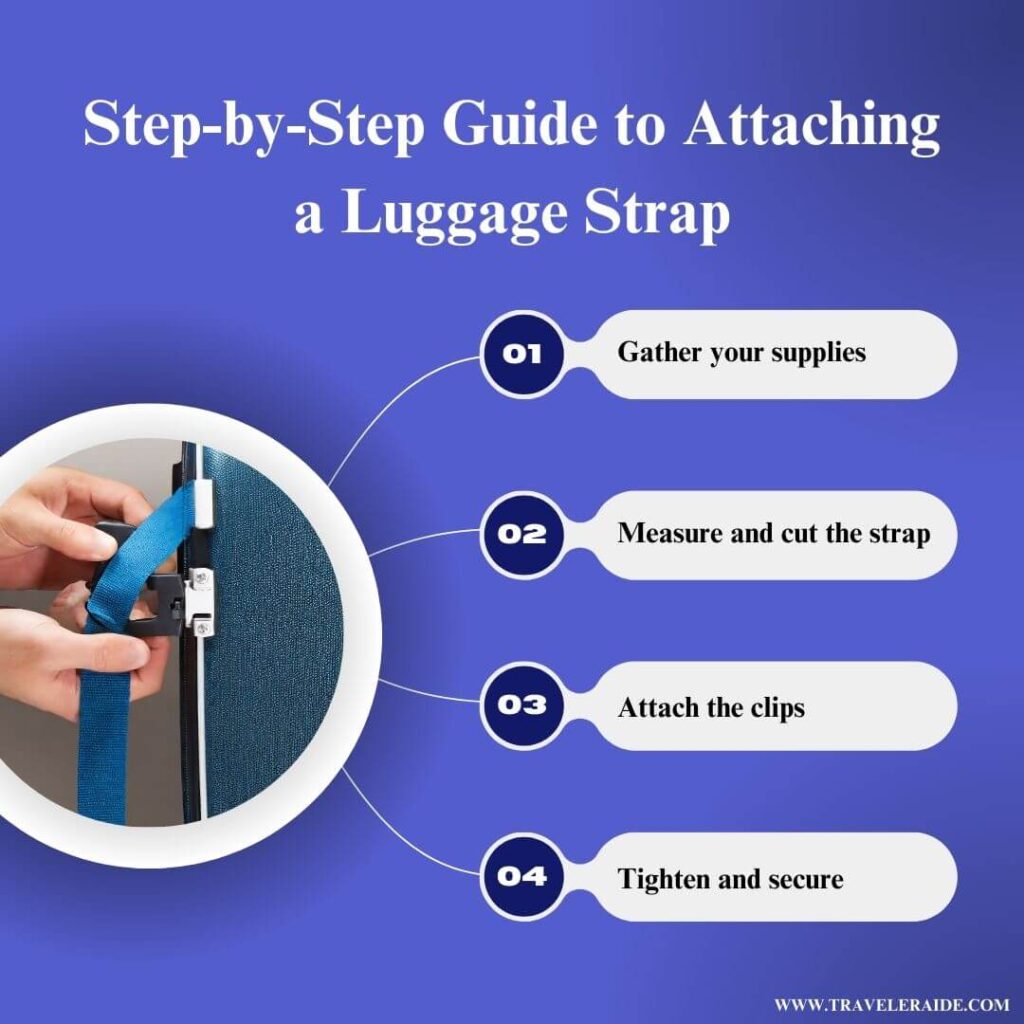
Gather your supplies
You’ll need a few essential items:
. A luggage or compression strap: These straps have clips or buckles on both ends to fasten your items securely. You want one that’s adjustable and can handle the weight of your backpack.
• A pair of scissors or knife: Cut the strap to your desired length.
A lighter or matches (optional): Only needed if you want to seal the cut end of the strap to prevent fraying.
Measure and cut the strap
Hold the strap up to your backpack to determine the right length. You want it short enough so there aren’t loose ends dangling but long enough to easily access items in your pack. Cut the strap to your desired length. I like to roast the cut end with a lighter to seal it.
Attach the clips
Most straps will have clips, buckles, or hooks on both ends. Attach one clip to a sturdy loop or strap on one side of your pack. Pull the strap across your backpack and attach the other clip to a corresponding loop or strap on the other side. Adjust the strap to your desired tightness.
Tighten and secure
Once clipped on, tighten the strap by pulling the loose end. It will compress your pack and prevent items from shifting around. Tie off any remaining open strap end for extra security. Your pack is now secured and ready to go!
An affordable way to keep your things safe in your backpack is by using a luggage strap. I always bring one hiking to keep my gear and enjoy the adventure!
Tips for Using Your Backpack With a Luggage Strap
One of the best solutions for making this easier is attaching a luggage strap to my backpack. Here are some tips for using a luggage strap with your pack:
1. Choose a sturdy strap
Not any strap will do for securing a loaded backpack. Look for a strap of strong, durable nylon webbing at least 2 inches wide. Thinner straps can dig into your shoulders under the weight. The strap needs strong stitching and a sturdy buckle for 50 pounds or more.
2. Attach the strap correctly
The best place to attach a luggage strap is across the middle of your backpack, securing the main compartment. Put the belt under the backpack, then thread it through the shoulder straps. Finally, buckle it tightly at the top. It provides the most balanced and comfortable carry. Ensure the belt is secure but tight enough to adjust or unbuckle.
3. Use the extra carrying handle
Most backpacks have an extra carrying handle at the top in addition to the shoulder straps. Thread the luggage strap through this top handle for an easy way to grab and lift your backpack when boarding buses, trains, or planes. It takes the weight off your back and shoulders for short periods.
4. Keep essentials accessible
When you put on the luggage strap, ensure it doesn’t block essential pockets or compartments on your backpack. These pockets hold things you need, like tickets, passports, and chargers. For the most convenience, choose a strap with quick-release buckles.
Use a strong luggage strap to make traveling with a heavy backpack easier. You can easily handle layovers and make tight connections using the proper technique.
Conclusion
You can improve your travel experience by attaching a luggage strap to your backpack. Follow my guidelines and tips; you can easily attach a luggage strap to your backpack.
You can easily make your backpack more stable by adding a luggage strap. It gives extra support for your load. It’s a cheap, easy DIY project to save your back and make travel less stressful.
Give it a try – you’ll be glad you did. Your back and shoulders will feel better. You will move quickly through airports and stations. A good luggage strap is a must-have item in my pack. This information has inspired you to upgrade your backpack.
I’d love to hear your opinions. Leave a comment and join the conversation.

Hey, I’m Dorothy E. Turner! I’ve spent years exploring the world and diving deep into the travel scene. Along the way, I’ve developed a real knack for understanding what makes a great travel backpack. I’m passionate about sharing my expertise to help fellow travelers find the perfect backpack for their adventures.

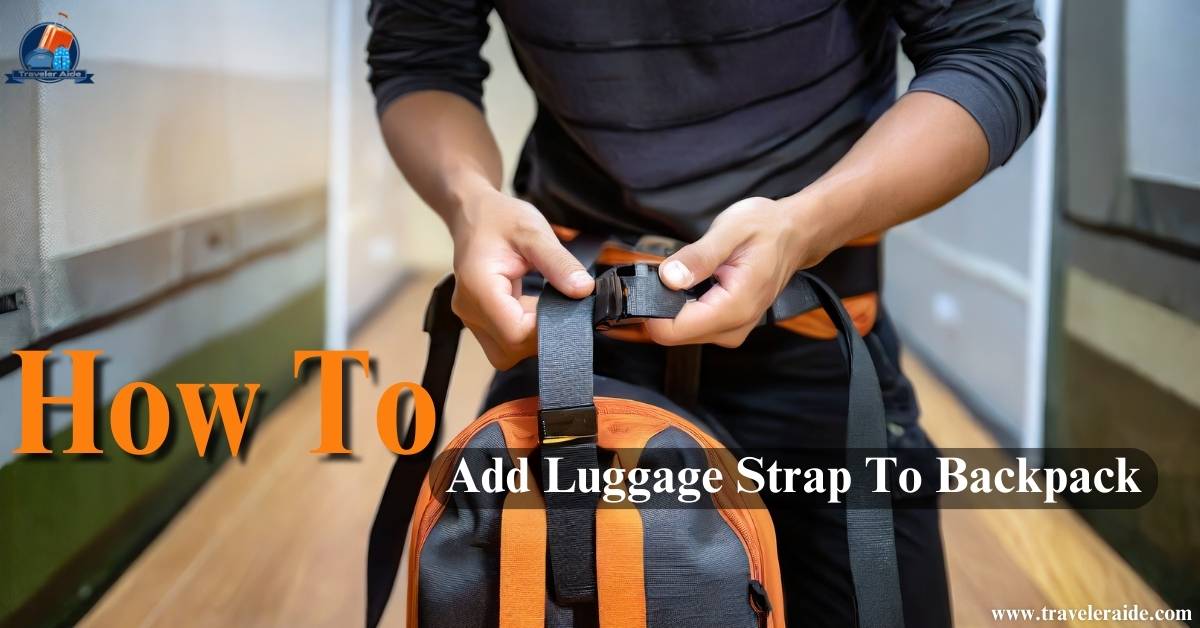
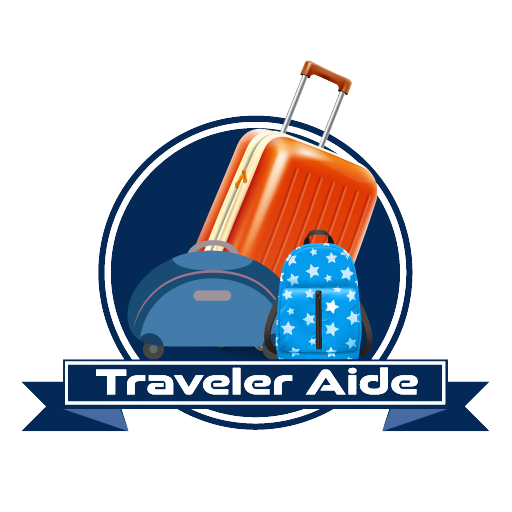
1 thought on “How To Add Luggage Strap To Backpack”